In his 2021 book How to Avoid a Climate Disaster, Bill Gates lists 19 technologies needed to achieve net-zero carbon emissions by 2050. Two of these technologies focus on construction materials: zero-carbon cement and zero-carbon steel.
When Gates uses the term “zero-carbon,” he doesn’t mean steel, concrete or cement without any carbon atoms; he means that greenhouse gas emissions from the manufacture and transport of these products are zero. Alternatively, he means “net-zero,” where emissions are offset by removing GHGs from the atmosphere. In addition to the list of technologies, Gates includes a factor for each called the “green premium.” This green premium is the additional cost of choosing a zero-carbon option over the current GHG-emitting one.
The green premium for Portland cement is between 75 percent and 140 percent. This is cost-prohibitive for construction projects, which is why there is very little zero-carbon concrete in current use. For steel, there is still a green premium for zero-carbon, but it is much less than for cement: 16 percent to 29 percent. To be sure, this is out of reach for most construction projects, but modern steel is already on a path to zero carbon emissions.
In his September 2021 article in The New Yorker titled “The Promise of Carbon-Neutral Steel,” Matthew Hutson lays out the steel industry’s path to carbon neutrality and gives examples where this is already implemented for the automotive industry in Scandinavia. At least two North American manufacturers produce “net-zero steel,” meaning that they have either eliminated or offset direct emissions from the steelmaking process and indirect emissions from the generation of the energy used in the steelmaking plant. Yet to be addressed are emissions caused by the making and transport of raw materials coming into the plant and the use and transport of steel coils coming out of the plant.
So how do we, as consumers, help accelerate the industry’s move toward zero-carbon steel? Additionally, how do we make the structures we build today more efficient, keeping in mind that we need to increase both construction product efficiency and building energy efficiency?
With respect to energy efficiency, the American Iron and Steel Institute has recently released AISI S250-21: The North American Standard for Thermal Transmittance of Building Envelopes with Cold-Formed Steel Framing. Although not yet adopted by the building codes, this standard provides a methodology for calculating thermal transmittance in floors, roofs and walls framed with cold-formed steel. This will help facilitate and standardize energy modeling of structures and inform designers about energy code compliance and opportunities to mitigate thermal bridging and thermal transfer. This can apply to building design and to renovations of existing structures.
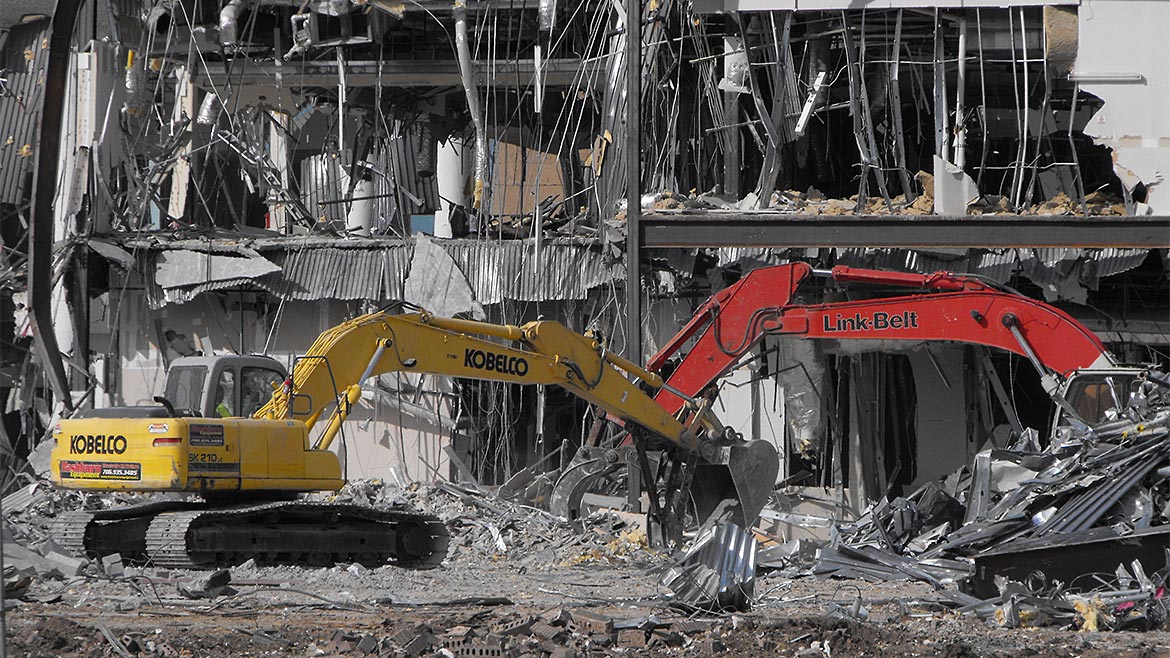
Re-using and renovating buildings rather than demolition and new construction can have a huge impact on both cost and environmental stewardship.
What One Can Do
With respect to accelerating the industry’s move toward zero-carbon steel (listed further in this piece), there are some things you can do as a citizen and as a construction professional.
Stay informed. We cannot make intelligent choices about building materials if we do not have good data to make those choices. Building material manufacturers have some good data, and the recent increase in Environmental Product Declarations and Corporate Sustainability Reports has made it easier to assess the carbon impacts of competing products. Knowing that the data in EPDs is third-party validated, and the data in Corporate Sustainability Reports is usually not, will help you make decisions based on verified facts.
Show a willingness to pay a premium for zero-carbon products. As consumers and construction professionals, we can choose to support innovative technologies that help us reduce emissions faster. This is similar to the choice many of us make every day to buy American to help protect local jobs and workers. We are often willing to pay more for a quality "Made-in-USA" product. Consumers can do the same for innovative, low-carbon-emitting products.
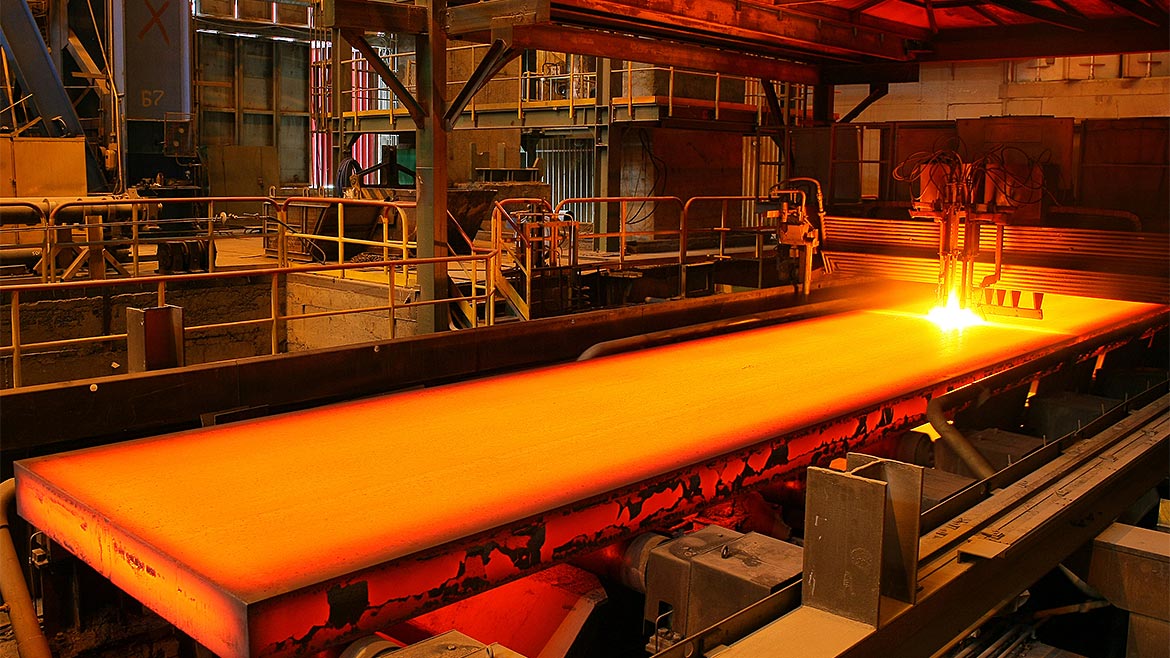
Steel is 100 percent recyclable, with minimum 25 percent recycled content, and can be recycled infinitely with no degradation in strength or quality.
Use the products our industry has already created that reduce embodied carbon in buildings. The steel framing industry has already reduced embodied carbon by about 30 percent through the development of EQ stud products; using innovative technologies to get better performance while using less steel. Many building professionals don’t realize that thinner steel has better acoustical performance, and a new category of products called Advanced High-Strength Steel is starting to make its way into construction products. Advanced High-Strength Steel has been used for years in the automotive marketplace.
Renovate and reuse. By renovating structures or repurposing them for new applications, we can drastically reduce the emissions caused by tearing down and rebuilding. Steel framing plays a vital role in renovation, making lightweight, easy-to-build partitions a fast and efficient part of the renovation process.
Recycle and use products with high recycled content. Using curbside recycling of steel materials helps keep the price of scrap low, making recycled steel construction products more cost-competitive. All steel has an inherent minimum recycled content of 25 percent, with higher percentages possible.
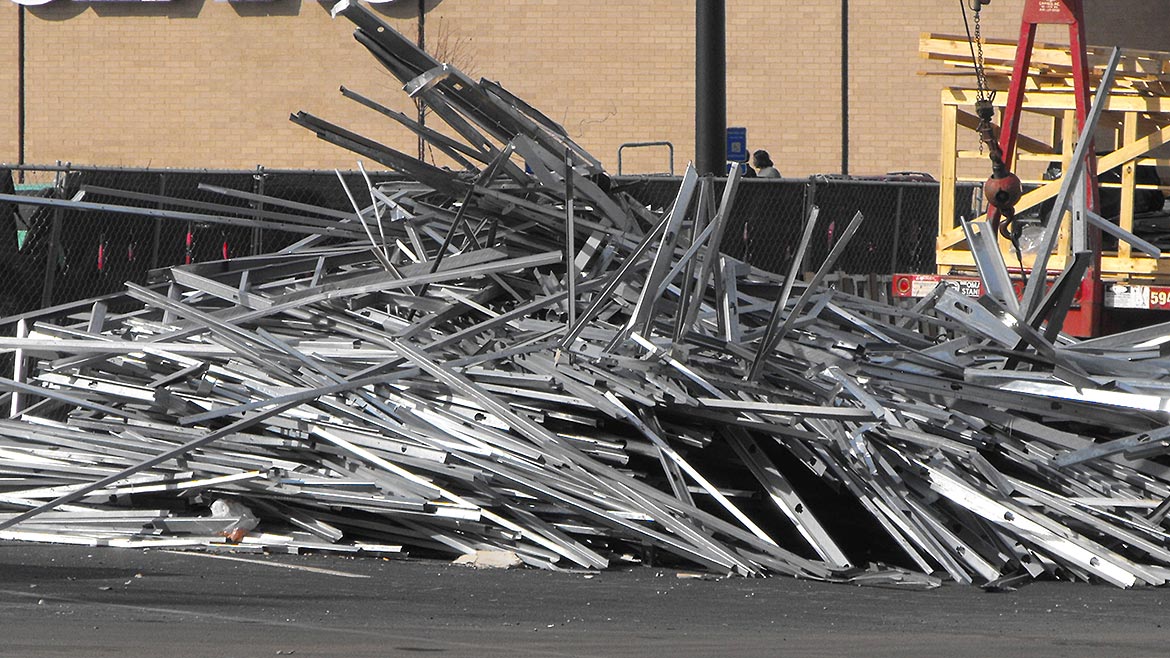
In addition to building reuse, some steel framing can be salvaged from existing buildings and reused in partitions, ceilings and other applications.
Use strategies to reduce carbon in the buildings you currently use. This is where AISI S250 comes into play. By using the provisions for the design and construction of CFS assemblies that are thermally efficient, you can reduce the energy consumption of structures you build or renovate without impacting comfort or functionality.
Encourage investment in innovative technologies that can reduce the cost of zero-carbon construction materials. This can be done by purchasing products from companies that have demonstrated a commitment to emissions reduction, and by being willing to try new technologies in your building designs and construction methods.
Vote. By choosing political leaders that support policies that encourage the development of products like zero-carbon cement and steel, you can help create a business climate that allows manufacturers to innovate with reduced risk.
Remember that no matter what the primary building element you use is, steel will still be required as part of the building, from the steel connectors in mass timber buildings to the steel reinforcement in concrete and straw bale construction. By utilizing the strategies above, we can help move all steel, including CFS framing, to a more sustainable future.




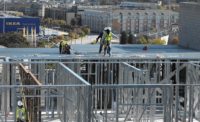
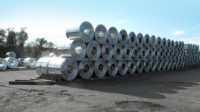
Report Abusive Comment